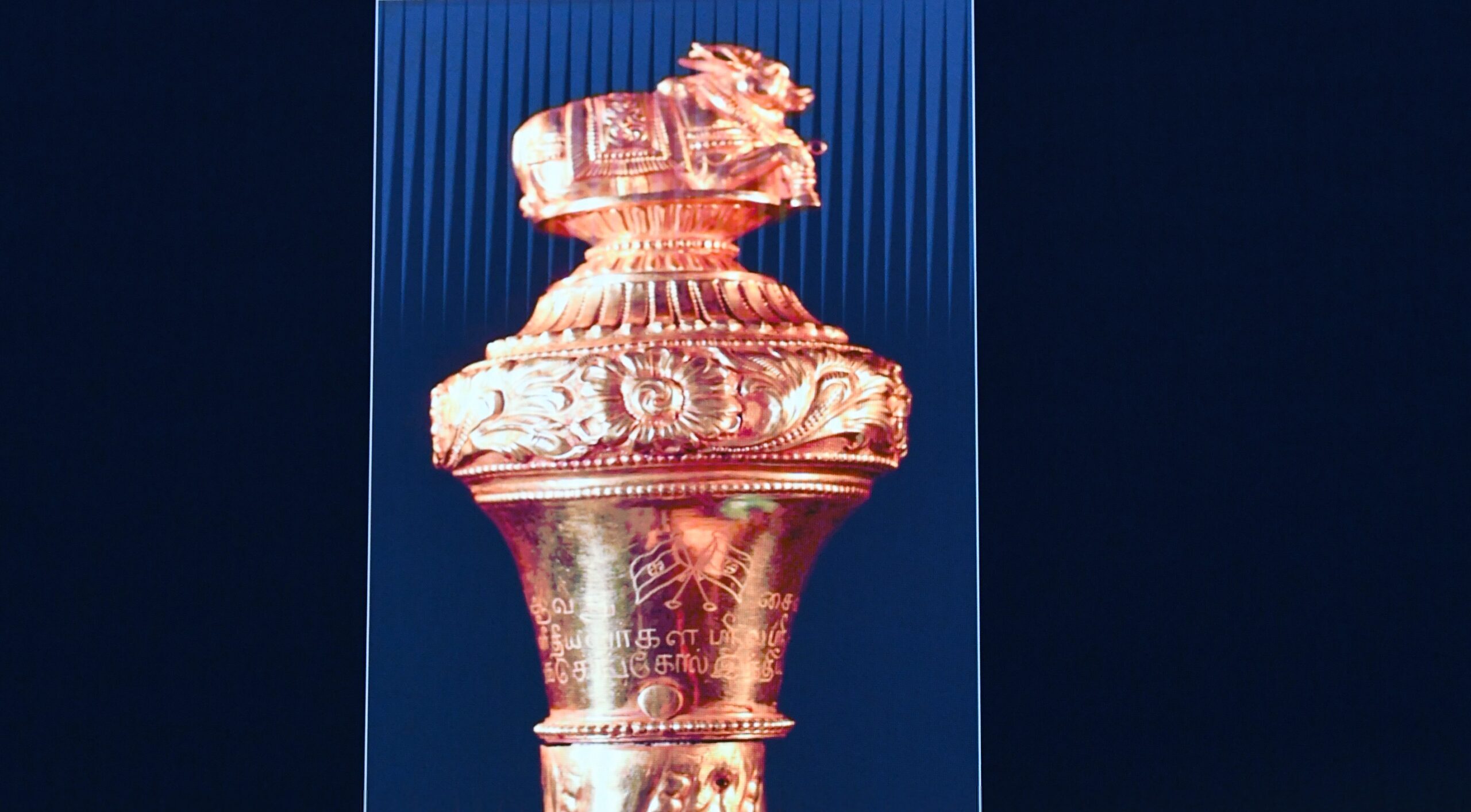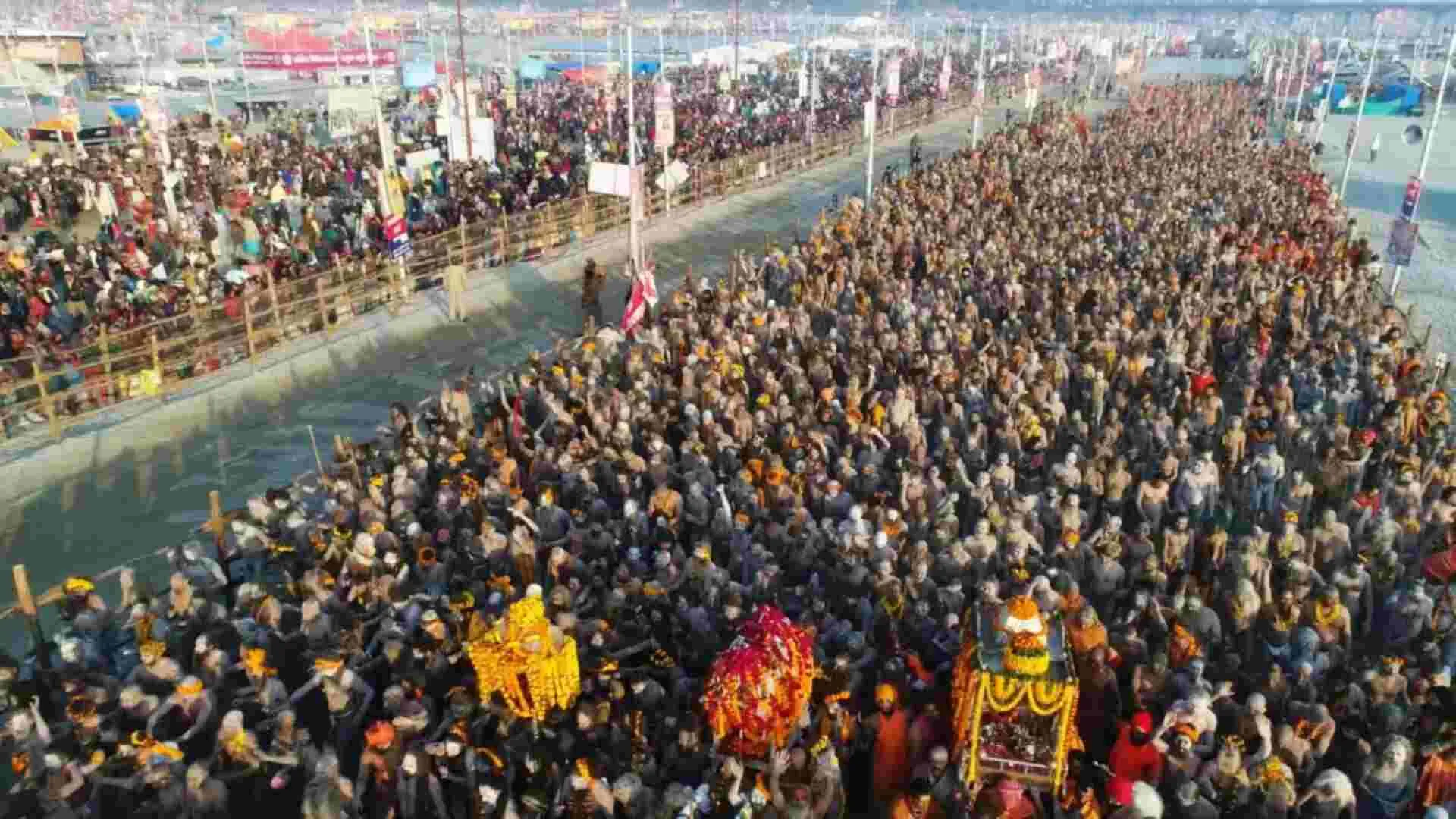According to official sources, the ceremonial sceptre, known as the ‘Sengol’ that was presented to the first prime minister, Jawaharlal Nehru, in August 1947 to signify the handover of power was taken out of the Nehru Gallery of the Allahabad Museum and transported to Delhi for installation in the new Parliament building.
On May 28, the day Prime Minister Narendra Modi dedicates the new Parliament building to the country, the historic sceptre, which is made of silver with a coat of gold, will be placed close to the Lok Sabha Speaker’s chair.
Union Home Minister Amit Shah stated during a news conference that Sengol represents the transfer of power from the British to India, much as it initially represented the handing over of power during the Chola empire in Tamil Nadu.
‘Sengol’ is a symbol of historic legacy, which was used by former Prime Minister Jawaharlal Nehru on August 14, 1947, when the transfer of power took place from the British.
Addressing a press conference here, Amit Shah said, “On the occasion of Azadi ka Amrit Mahotsav, PM Modi will dedicate the new Parliament to the nation. In a way, it shows his far-sightedness. This is a beautiful attempt to merge our cultural legacy, tradition and civilisation with modernity. Around 60,000 people worked on the construction of this building in record time. The PM will also honour them.”
The Home Minister said that a historical event is being revived on this occasion. The historic sceptre, ‘Sengol’, will be placed in the new Parliament building.
“A historical event is being revived on this occasion. The historic sceptre, ‘Sengol’, will be placed in the new Parliament building. It was used on August 14, 1947, by PM Nehru when the transfer of power took place from the British. Out of all the promises made by PM Modi for ‘Azadi ka Amrit Mahotsav’, one promise was respect and regeneration of our historic traditions,” he said.























